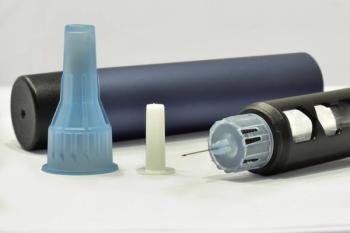
FDA Approves Dupilumab for Treatment of Bullous Pemphigoid
Bullous pemphigoid is a rare skin condition that causes large blisters filled with fluids that typically occur near skin creases, such as the upper thighs and armpits.
The FDA approved dupilumab (Dupixent) for the treatment of bullous pemphigoid in adults.1
“Until now, treating bullous pemphigoid was very challenging for elderly patients struggling with the debilitating impact of blisters and lesions and potentially comorbid conditions,” Alyssa Johnsen, MD, PhD, global therapeutic area head of immunology and oncology development at Sanofi, said in a news release.1 “By addressing 2 central drivers of the underlying type 2 inflammation that contributes to bullous pemphigoid, Dupixent is the first targeted medicine to allow patients the potential to achieve sustained remission and reduce itch.”
Bullous pemphigoid is a rare skin condition that causes large blisters filled with fluids that typically occur near skin creases, such as the upper thighs and armpits. The condition is often accompanied by itching, large blisters, pain, rash, or small blisters or sores in the mouth or other mucous membranes. There are several medications that can increase the risk of bullous pemphigoid, such as diuretics, antibiotics, nonsteroidal anti-inflammatory drugs, diabetic medication, and cancer medication. It is most common for patients 60 years or older, and current treatment is aimed at healing the skin, relieving itch and pain, and preventing new blisters from forming.2
The approval is based on data from the ADEPT (
Investigators found that the study met all primary and key secondary end points, with 20% achieving sustained disease remission compared to 4% with the placebo. Further, the investigators found that 40% treated with dupilumab achieved a 90% or more reduction in disease severity compared with 10% on the placebo, and 40% and 11% achieved clinically meaningful itch reduction, respectively.4
As for adverse events (AEs), 96% in both groups experienced an AE, with the most common AEs for dupilumab including peripheral edema, arthralgia, back pain, blurred vision, hypertension, asthma, conjunctivitis, constipation, upper respiratory tract infection, limb injury, and insomnia.4
“People with bullous pemphigoid live with unrelenting itch, blisters, and painful lesions that can be debilitating and make it difficult to function daily. Moreover, current treatment options can be challenging for this primarily elderly patient population because they work by suppressing their immune system,” Victoria Werth, MD, chief of the division of dermatology at the Philadelphia Veterans Administration Hospital, said in a news release.4 “By targeting the underlying type 2 inflammation, which is a key driver for bullous pemphigoid, Dupixent is the first investigational biologic to show sustained disease remission and reduce disease severity and itch compared to placebo in a clinical study.”
READ MORE:
Ready to impress your pharmacy colleagues with the latest drug information, industry trends, and patient care tips? Sign up today for our
REFERENCES
1. Press Release: Dupixent approved in the US as the only targeted medicine to treat patients with bullous pemphigoid. News release. Sanofi. June 20, 2025. Accessed June 20, 2025. https://www.sanofi.com/en/media-room/press-releases/2025/2025-06-20-05-00-00-3102518
2. Mayo Clinic. Bullous pemphigoid. November 27, 2024. Accessed June 20, 2025. https://www.mayoclinic.org/diseases-conditions/bullous-pemphigoid/symptoms-causes/syc-20350414
3. A Study to Evaluate the Efficacy and Safety of Dupilumab in Adult Patients With Bullous Pemphigoid (LIBERTY-BP). News release. ClinicalTrials.gov identification: NCT04206553. Updated February 6, 2025. Accessed June 20, 2025. https://clinicaltrials.gov/study/NCT04206553
4. Press Release: Dupixent late-breaking positive pivotal data in bullous pemphigoid presented at AAD. News release. Sanofi. March 8, 2025. Accessed June 20, 2025. https://www.sanofi.com/en/media-room/press-releases/2025/2025-03-08-18-00-00-3039375
Newsletter
Pharmacy practice is always changing. Stay ahead of the curve with the Drug Topics newsletter and get the latest drug information, industry trends, and patient care tips.













































































































































